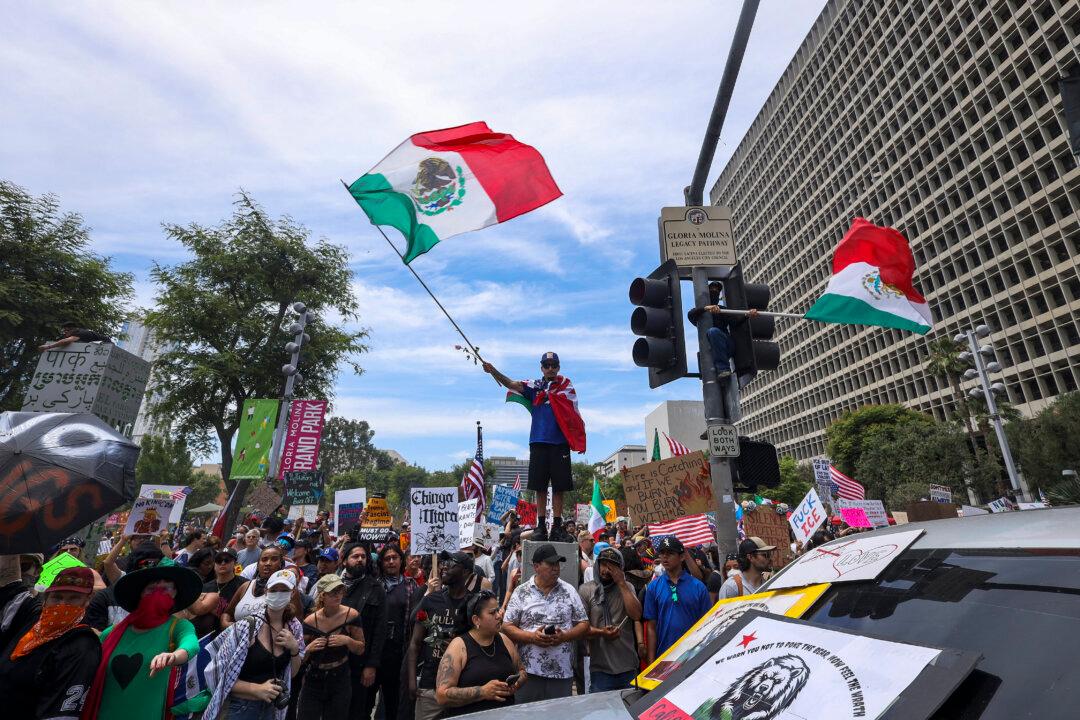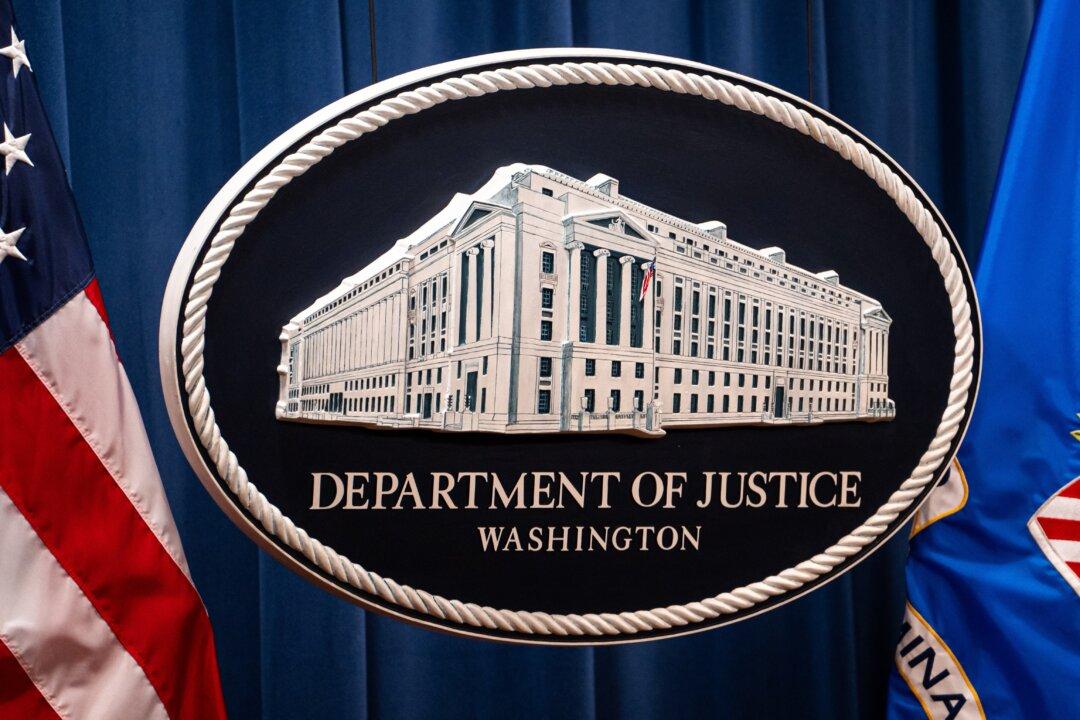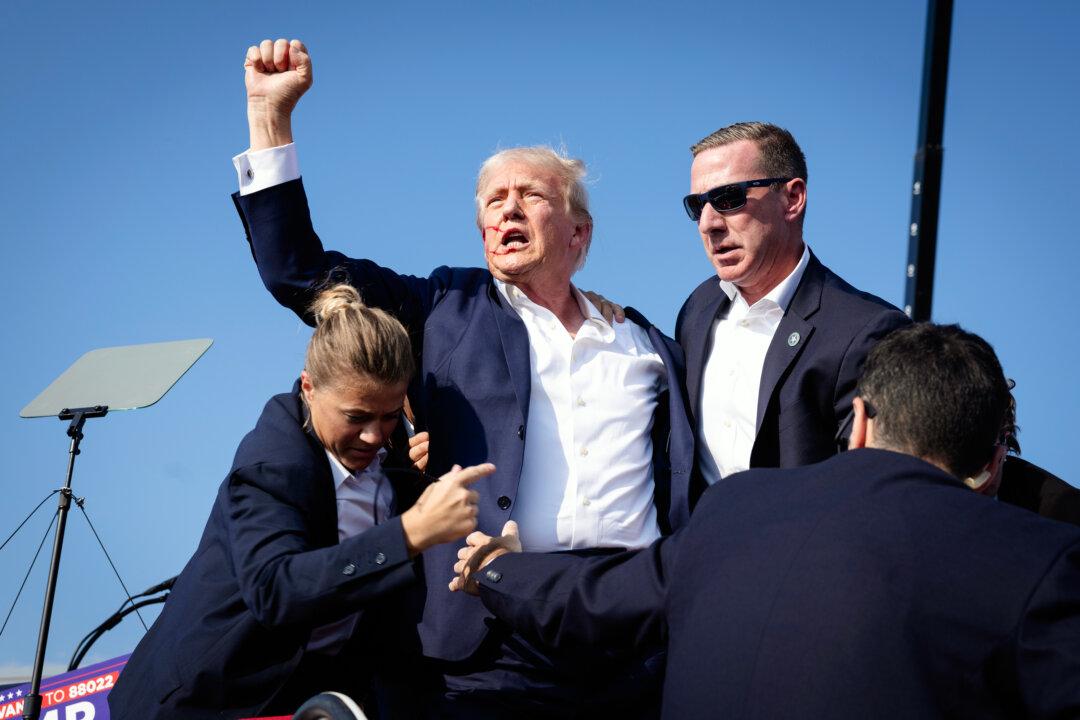Los Angeles Mayor Karen Bass on June 17 lifted a curfew in the city’s downtown area following a decline in the protests, violence, and vandalism that had disrupted the neighborhood.
The decision came just a day after Bass pushed back the curfew’s start time to 10 p.m., allowing businesses to stay open longer. The curfew originally ran from 8 p.m. to 6 a.m., covering roughly a square-mile area that included the Arts District and Chinatown.
The situation escalated when protests devolved into riots. Videos circulated on social media showing rioters looting stores, setting cars on fire, and blocking freeway traffic.
In response, President Donald Trump called in 4,000 National Guard troops and 700 Marines to restore order. The move bypassed California Gov. Gavin Newsom, who had declined to activate the state’s National Guard and subsequently sued the Trump administration to stop the mobilization.
The case is now under review by a three-judge panel of the Ninth Circuit Court of Appeals.
In her announcement on June 17, Bass, who opposes Trump’s deployments, did not credit the military for helping to stabilize the situation, instead saying that the city is “adapting to chaos coming from Washington.”
The LAPD reported no arrests from the night of June 15 into the morning of June 16, a significant drop from the previous night, when officers arrested 35 people for failing to disperse, along with others for resisting or obstructing police.
Ten officers were injured, although the department did not disclose how serious their injuries are.
The LAPD will maintain a “strong presence” in the area and continue to monitor conditions closely, Police Chief Jim McDonnell said.
“The President has been incredibly clear. There will be no safe spaces for industries who harbor violent criminals or purposely try to undermine ICE’s efforts,” Tricia McLaughlin, spokeswoman for the Homeland Security Department, said in a statement on June 17.
“Worksite enforcement remains a cornerstone of our efforts to safeguard public safety, national security and economic stability,” McLaughlin said. “These operations target illegal employment networks that undermine American workers, destabilize labor markets and expose critical infrastructure to exploitation.”







